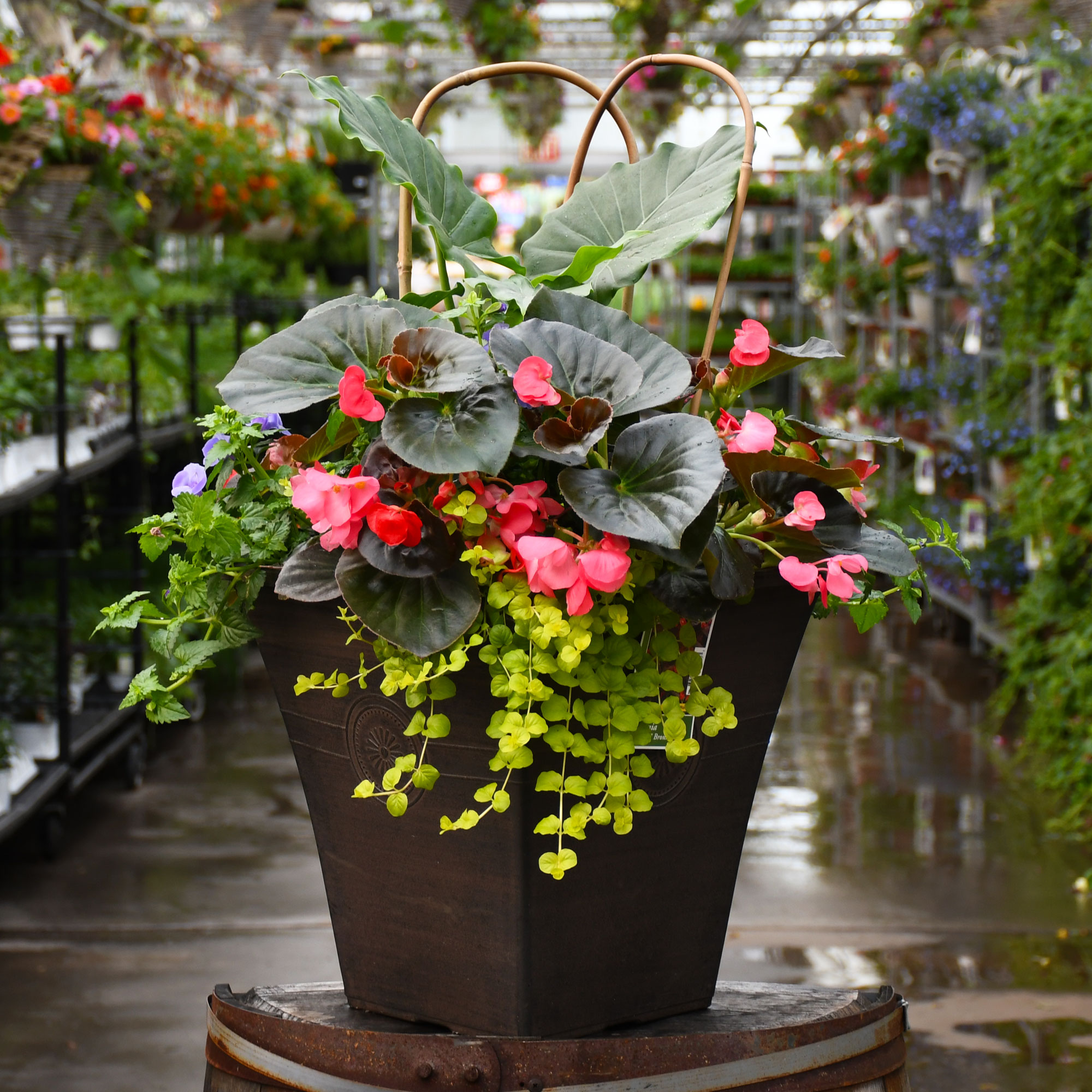Aloe, Aloe Vera


Out of stock
Temporarily Out of Stock- Sun Preference
- Full-Sun
Description
Aloe Vera | Aloe vera
Other Names: Medicinal Aloe, syn. Aloe barbadensis
An attractive plant in the garden, and also widely used in commercial trade as an ointment or herbal remedy; produces racemes of yellow flowers in summer; a wonderful indoor container accent.Direct from the Grower
When you see the Gerten Grown logo on our annuals, you know you're getting a fresh plant directly from our greenhouse. We've been perfecting our growing process for over four generations and pride ourselves on providing local quality and freshness to our customers. Better pricing on better quality plant material, that's Gerten Grown.
Details
Aloe Vera's attractive succulent sword-like leaves emerge light green, turning bluish-green in color throughout the year on a plant with an upright spreading habit of growth. It features dainty racemes of yellow tubular flowers rising above the foliage in mid summer.
This is an herbaceous evergreen houseplant with an upright spreading habit of growth. Its wonderfully bold, coarse texture is quite ornamental and should be used to full effect. This plant usually looks its best without pruning, although it will tolerate pruning.
extending to 3 feet tall with the flowers, with a spread of 24 inches. It grows at a slow rate, and under ideal conditions can be expected to live for approximately 40 years. This houseplant requires direct sun for optimal performance, and should therefore be situated in a room that gets bright sunlight for a good part of the day; it is not a good choice for rooms lit only by artificial light. It prefers dry to average moisture levels with very well-drained soil, and may die if left in standing water for any length of time. This plant should be watered when the surface of the soil gets dry, and will need watering approximately once each week. Be aware that your particular watering schedule may vary depending on its location in the room, the pot size, plant size and other conditions; if in doubt, ask one of our experts in the store for advice. It is not particular as to soil pH, but grows best in sandy soil. Contact the store for specific recommendations on pre-mixed potting soil for this plant.
There are many factors that will affect the ultimate height, spread and overall performance of a plant when grown indoors; among them, the size of the pot it's growing in, the amount of light it receives, watering frequency, the pruning regimen and repotting schedule. Use the information described here as a guideline only; individual performance can and will vary. Please contact the store to speak with one of our experts if you are interested in further details concerning recommendations on pot size, watering, pruning, repotting, etc.
-- THIS IS A HOUSEPLANT AND IS NOT MEANT TO SURVIVE THE WINTER OUTDOORS IN OUR CLIMATE --
More Information
| Common Family Name | Aloe |
|---|---|
| Sun Preference | Full-Sun |
| Plant Life Cycle | Annual |
| Mature Height (Range) | 25" - 36" |
| Mature Spread (Range) | 12" - 24" |


